Air Jordans hold the record for being the longest continuous signature Jordan sneaker, with a total of 38 main flagship models. From the iconic earlier editions that are ingrained in sporting and footwear history to the newer Nike Jordans, All Jordan shoes have contributed to the brand's legacy. This reference guide brings together all 38 flagship models, showcasing the evolution and diversity of the Air Jordan line. Let’s have a look at all air Jordan shoes.
The 38 Air Jordan's
- Air Jordan 1 (1985-86)
- Air Jordan 2 (1986-87)
- Air Jordan 3 (1988)
- Air Jordan 4 (1989)
- Air Jordan 5 (1990)
- Air Jordan 6 (1991)
- Air Jordan 7 (1992)
- Air Jordan 8 (1993)
- Air Jordan 9 (1993-94)
- Air Jordan 10 (1994-95)
- Air Jordan 11 (1995-96)
- Air Jordan 12 (1996-97)
- Air Jordan 13 (1997-98)
- Air Jordan 14 (1998-99)
- Air Jordan 15 (1999-2000)
- Air Jordan 16 (2001)
- Air Jordan 17 (2002)
- Air Jordan 18 (2003)
- Air Jordan 19 (2004)
- Air Jordan 20 (2005)
- Air Jordan 21 (2006)
- Air Jordan 22 (2007)
- Air Jordan 23 (2008)
- Air Jordan 2009 (2009)
- Air Jordan 2010 (2010)
- Air Jordan 2011 (2011)
- Air Jordan 2012 (2012)
- Air Jordan 28 (2013)
- Air Jordan 29 (2014)
- Air Jordan 30 (2015)
- Air Jordan 31 (2016)
- Air Jordan 32 (2017)
- Air Jordan 33 (2018)
- Air Jordan 34 (2019)
- Air Jordan 35 (2020)
- Air Jordan 36 (2021)
- Air Jordan 37 (2022)
- Air Jordan 38 (2023)
Air Jordan 1 (1985-86)
Air Jordan 1 started the Air Jordan Line—the most popular Jordans retro are air Jordans in the whole series, with countless colorways, collaborations, and reincarnations.
Air Jordan 2 (1986-87)
Nike Removed the Swoosh Logo from this version. It was designed in Italy and its starting price back in 1986 was a whooping 100$ AJ2.
Air Jordan 3 (1988)
Michael Jordan was about to end his deal with Nike after the previous release but Tinker Hatfield came to the party and designed AJ3 with Visible Air Technology and Elephant Print, after that Jordan Dropped the idea of leaving Nike.
Air Jordan 4 (1989)
The Air Jordan 4 (AJ4) made its mark during the iconic 'The Shot' moment in 1989. This model also served as the foundation for the inaugural Jordan collaboration with Undefeated, resulting in one of the rarest pairs in the Air Jordan lineup.
Air Jordan 5 (1990)
Tinker Hatfield added a touch of spark to the Air Jordan 5 (AJ5) with its reflective tongue. The midsole's distinctive 'teeth' are set to be inspired by WW2 fighter planes, particularly the P-51 Mustang.
Air Jordan 6 (1991)
Michael Jordan won his first NBA Title in this version of Air Jordan. It is also appreciated by Celebrities and Slam Dunk Anime.
Air Jordan 7 (1992)
MJ Won Gold for the USA in AJ7 and also won his Second Consecutive NBA Title in these shoes. In this design, Hartfield added a Huarache-style inner bootie.
Air Jordan 8 (1993)
One of the new features AJ8 introduced was distinct crossed straps for extra lockdown – MJ, won his third consecutive title in this version.
Air Jordan 9 (1993-94)
Instead of MJ, a new pool of players rocked the court with AJ9. A Statue in front of the United Center is installed depicting MJ wearing the shoes.
Air Jordan 10 (1994-95)
Michael Jordan made his NBA comeback with Air Jordan 10 (AJ10). An early version of the AJ10 included an extra toe cap panel, a feature that Jordan disliked.
Air Jordan 11 (1995-96)
The Air Jordan 11 (AJ11), with its patent mudguard and iconic ice soles, was voted by SF readers as the greatest Jordan basketball shoes of the 1990s.
Air Jordan 12 (1996-97)
The Air Jordan 12 (AJ12) was the first signature shoe under the newly formed Jordan Brand in 1997 and also introduced the use of Zoom Air in the Jordan line.
Air Jordan 13 (1997-98)
The Air Jordan 13 (AJ13), besides its famous appearance in "He Got Game," drew inspiration from Michael Jordan's other nickname, the 'Black Cat.'
Air Jordan 14 (1998-99)
The Air Jordan 14 (AJ14), inspired by a famous Italian sports car embodied speed and ferocity. Michael Jordan famously wore them during 'The Last Shot,' securing his sixth NBA ring and solidifying his status as the greatest of all time (GOAT).
Air Jordan 15 (1999-2000)
The second round of post-retirement Jordans kicked off with the Air Jordan 15 (AJ15), which was purportedly modeled on Michael Jordan's tongue-out antics. Tinker Hatfield, the designer, has expressed regret, considering it his least favorite Jordan design.
Air Jordan 16 (2001)
Wilson Smith III assumed the role of designing signature Jordans starting from the Air Jordan 16 (AJ16). One of the model's distinctive features is its magnetic shroud.
Air Jordan 17 (2002)
Michael Jordan's second NBA comeback saw the introduction of the Air Jordan 17 (AJ17), featuring Tuned Air technology and presented in a metal briefcase, making it the most expensive Jordan at the time.
Air Jordan 18 (2003)
The Air Jordan 18 (AJ18) marked the final shoe that Michael Jordan played professionally in, featuring a luxurious suede and carbon fiber build inspired by fast sports cars.
Air Jordan 19 (2004)
The first signature model following MJ's second retirement emphasized a need for speed with its sleek woven instep and Zoom Air cushioning. The design continued with covered lacing, a feature seen in previous models.
Air Jordan 20 (2005)
No other signature series had reached 20 continuous years, so the AJ20 celebrated with laser detailing. Tinker Hatfield's return also introduced the unique free-floating strap and IPS cushioning.
Air Jordan 21 (2006)
D’Wayne Edwards created the AJ21 with premium leather and quilted details, plus an ‘Independent Podular System’ that used Zoom and Encapsulated Air pods. Its TV ad was also legendary.
Air Jordan 22 (2007)
Edwards continued the IPS system on the AJ22, then modelled its upper on stealth fighter planes. It was also the first basketball shoe to use a titanium sole shank.
Air Jordan 23 (2008)
Hatfield came back to mark the 23rd edition of the Air Jordan line. Besides the design’s distilled Jordan DNA, it was also ‘the first ever sustainable basketball shoe’.
Air Jordan 2009 (2009)
The signature Air Jordan line adopted year numbers after the 23 to mark its annual succession. This model took cues from the AJ16 while also expressing the Nike Considered eco ethos.
Air Jordan 2010 (2010)
2010 marked 25 years of the MJ-Nike partnership and also the 23rd anniversary of Jordan Brand. The AJ2010 had a clear TPU midfoot window – probably one of the series’ most peculiar features ever.
Air Jordan 2011 (2011)
The Jordan series progressed into the 2010s with the AJ2011, which bore a conspicuous resemblance to the AJ11. It had interchangeable ‘Quick’ and ‘Explosive’ insoles containing different Air systems.
Air Jordan 2012 (2012)
Modularity was continued on the AJ2012. It featured interchangeable booties for low- and high-cut ankle support, plus three different insole options.
Air Jordan 28 (2013)
The AJ28 brought back the sequential numbering system and continued its radical aesthetic via an ankle-hugging zippered cover. New JB signing Russell Westbrook championed the model.
Air Jordan 29 (2014)
Touted as 'the world's first woven basketball shoe,' the lightweight and flexible AJ29 refined the Flight Plate midsole system for even more explosive play styles.
Air Jordan 30 (2015)
Hatfield celebrated 30 years of Jordan by looking to the future, choosing to omit archival references on the AJ30. Instead, the cosmic inspiration nodded to MJ's boundless talent.
Air Jordan 31 (2016)
Tate Kuerbis progressed the AJ31 with Flyweave uppers and FlightSpeed cushioning. It was also the first time a Swoosh, Jumpman, and Wings logo appeared on a single shoe.
Air Jordan 32 (2017)
While the cues from the AJ2 are obvious on the AJ32, this modern iteration uses 21st-century technology for maximum performance. Flyknit and FlightSpeed come standard.
Air Jordan 33 (2018)
Like its predecessor, the AJ33 references its senior from 30 years prior. The most dramatic addition to this model is its laceless FastFit system for easy adjustment.
Air Jordan 34 (2019)
The AJ34 reprised the Flight status espoused by the AJ4 by being one of the lightest among all Jordans. It cuts weight with its Eclipse Plate and Zoom Air cushioning.
Air Jordan 35 (2020)
Things got even lighter on the AJ35, a direct evolution of the AJ34. The updated Eclipse Plate 2.0 plus forefoot and heel Zoom units met heritage nods via the AJ5-style tongue.
Air Jordan 36 (2021)
Nike’s Zoom Air Strobel system sits at the core of the AJ36, delivering full-length cushioning and maximum responsiveness. It’s been one of the most popular modern Jordans.
Air Jordan 37 (2022)
The AJ37 is perfected for jumping. Zoom Air Strobels, Formula 23 foam, and carbon fiber shanks are designed for takeoff and landing.
Air Jordan 38 (2023)
The AJ38's new forefoot X-Plate keeps the foot located over the full-length Zoom Strobel and Cushlon 3.0 midsole. It is also reportedly the most sustainable Michael Jordan Shoes yet, using at least 20 percent recycled material by weight.


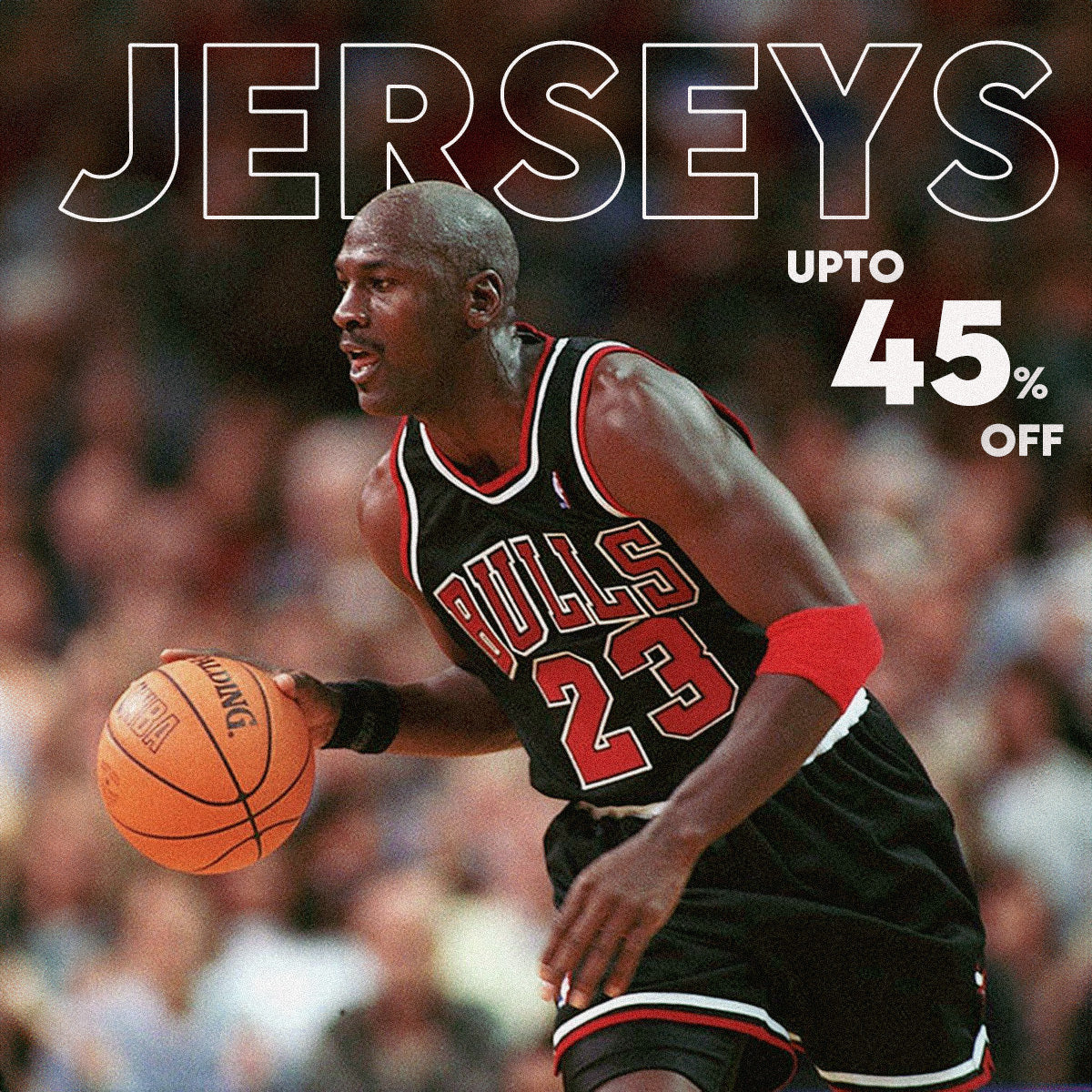


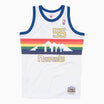

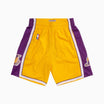
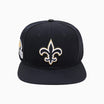





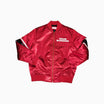

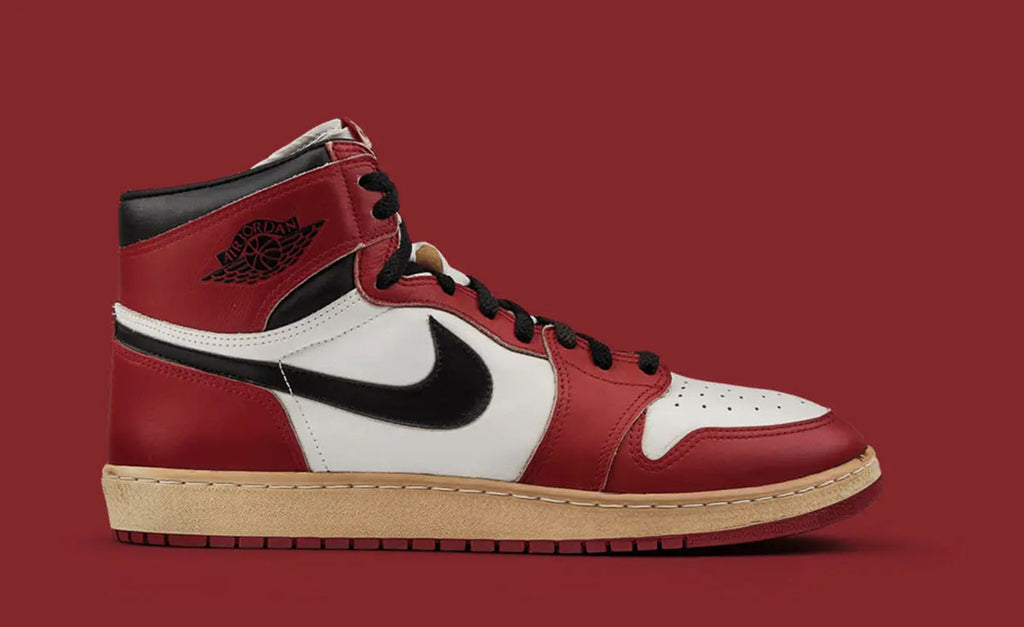


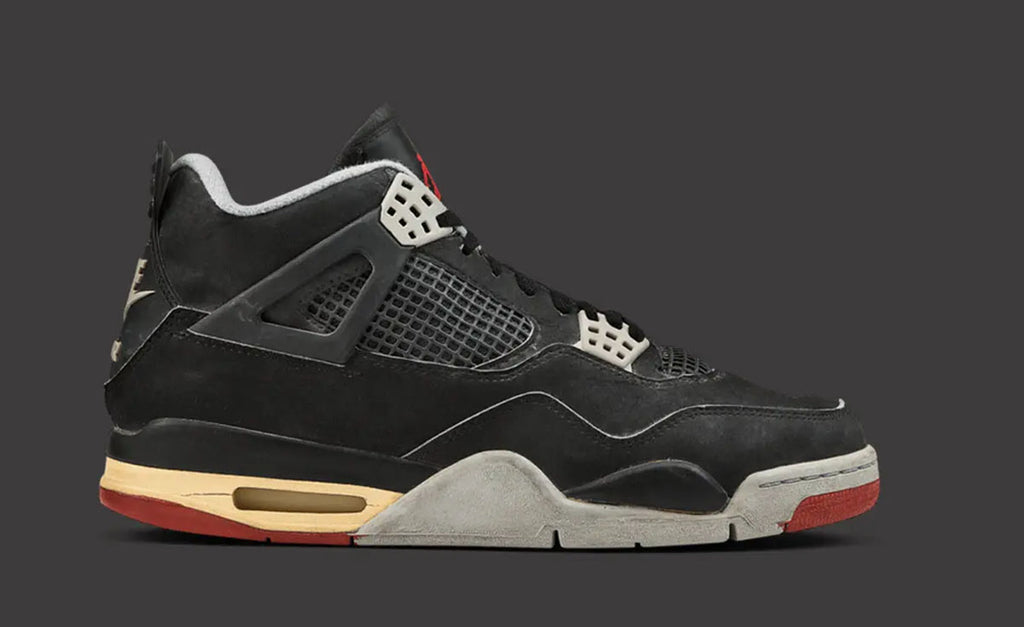
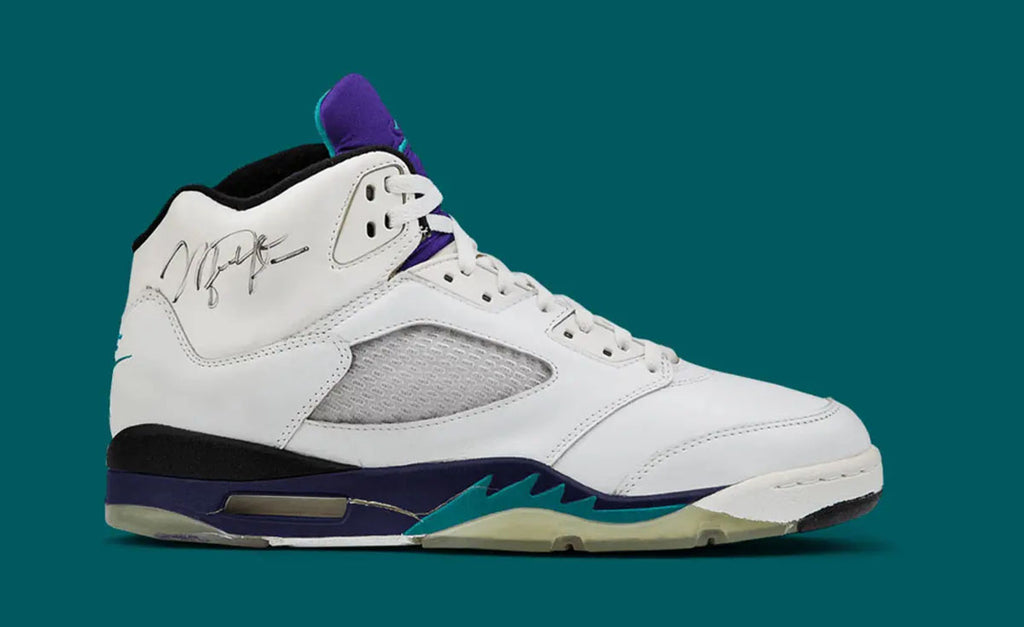
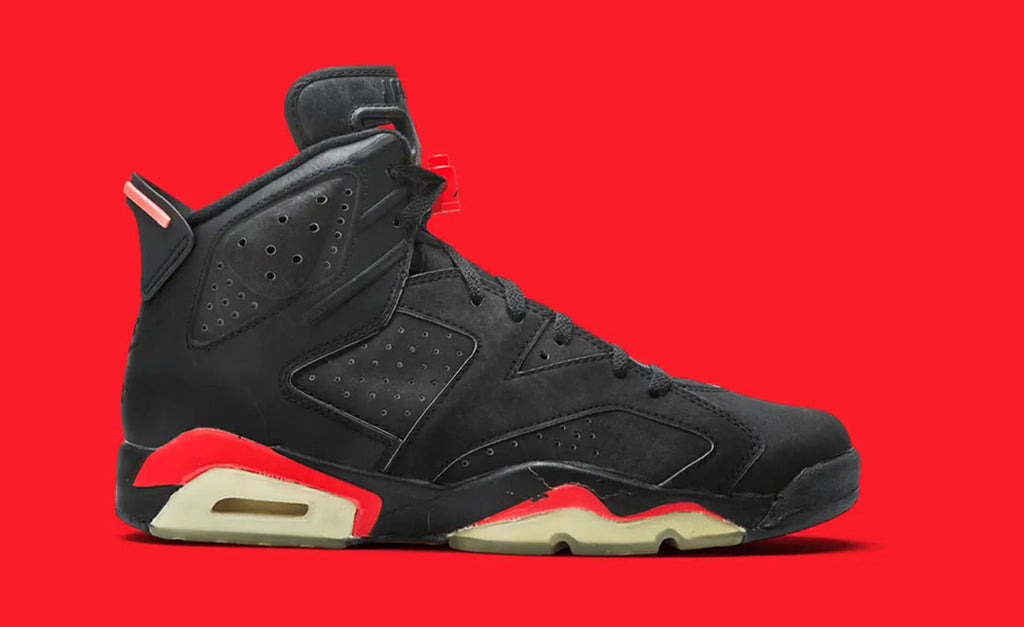
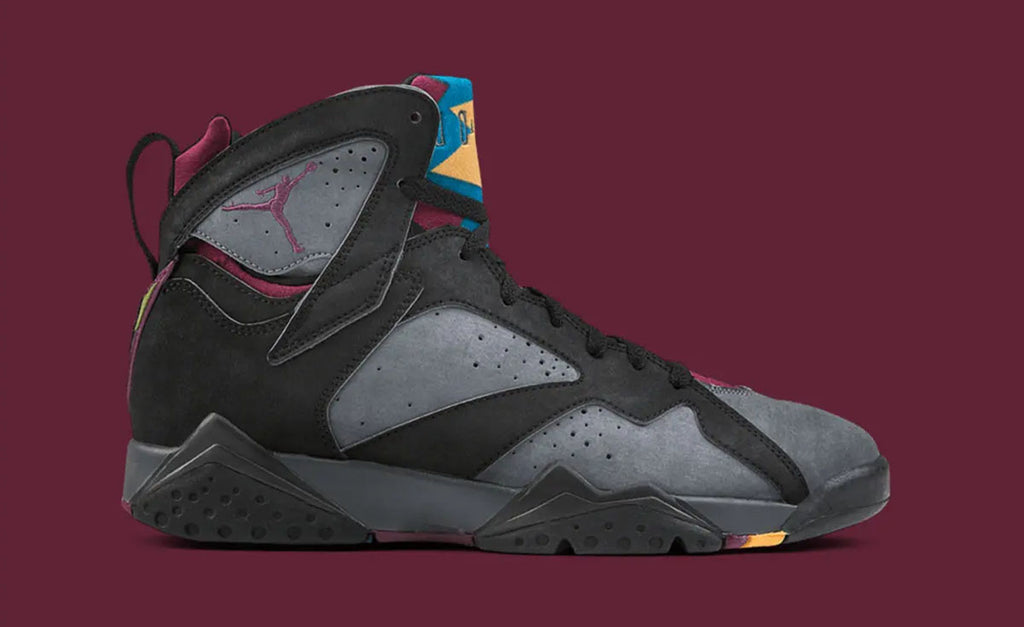
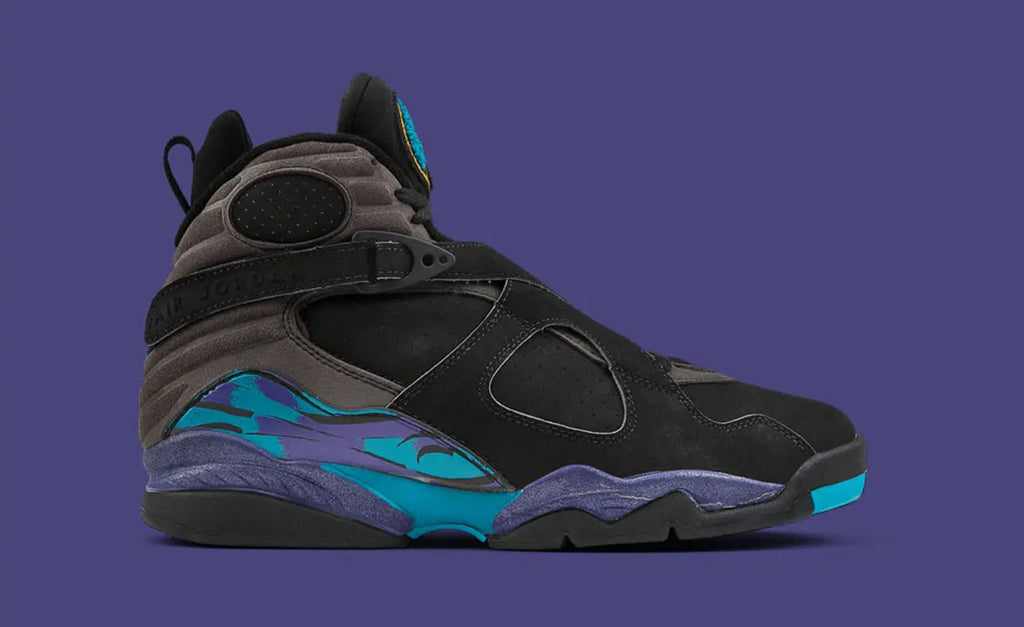
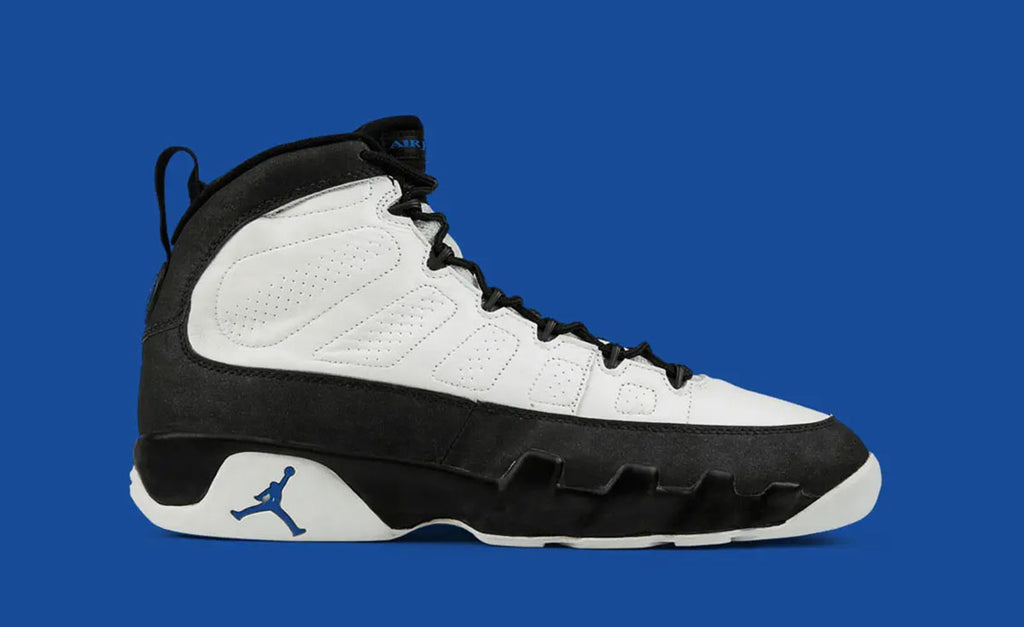

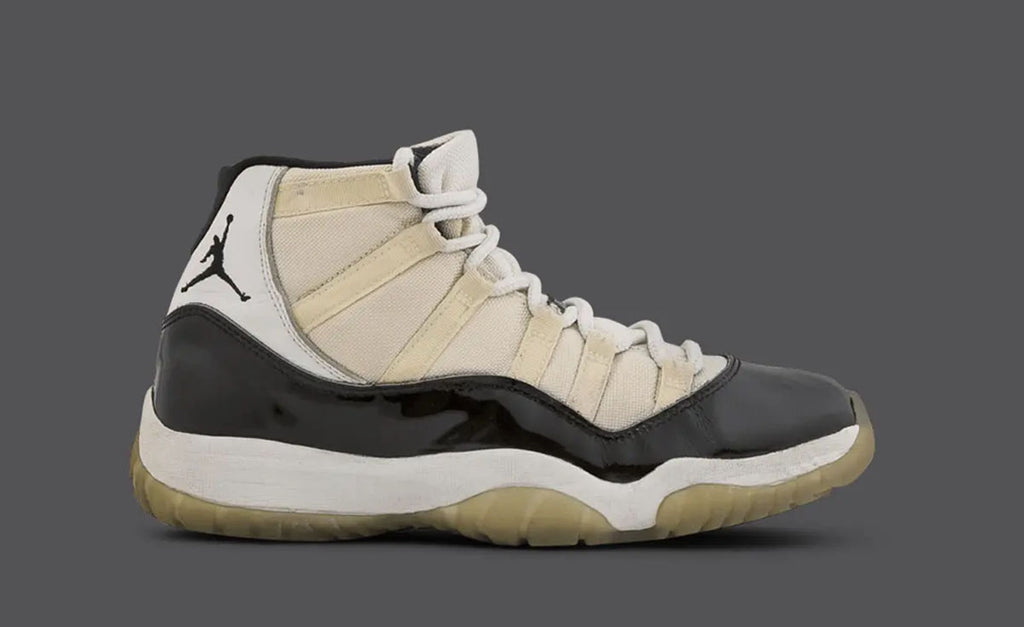
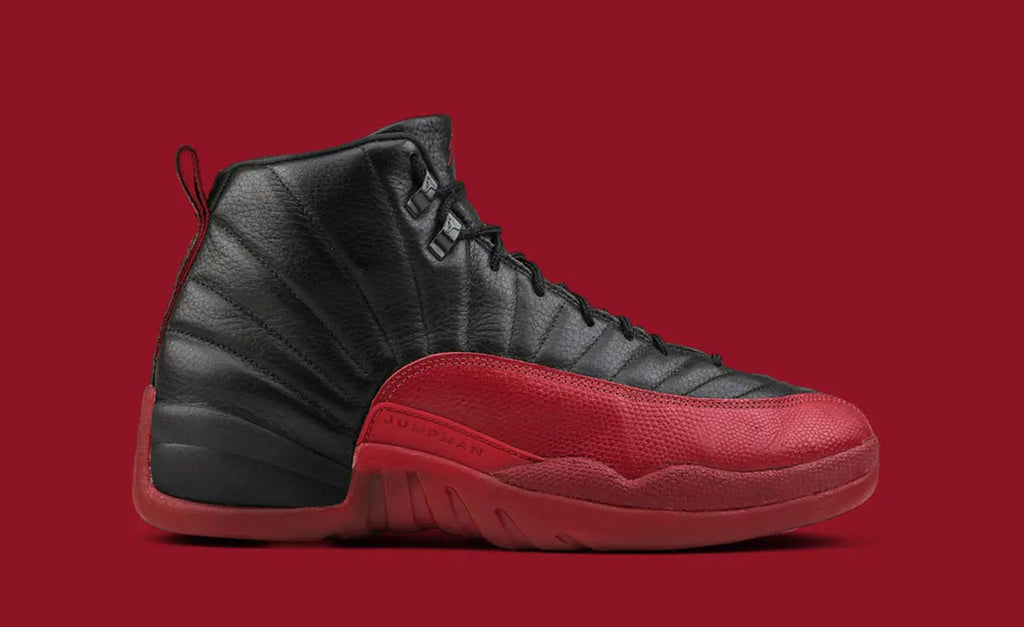
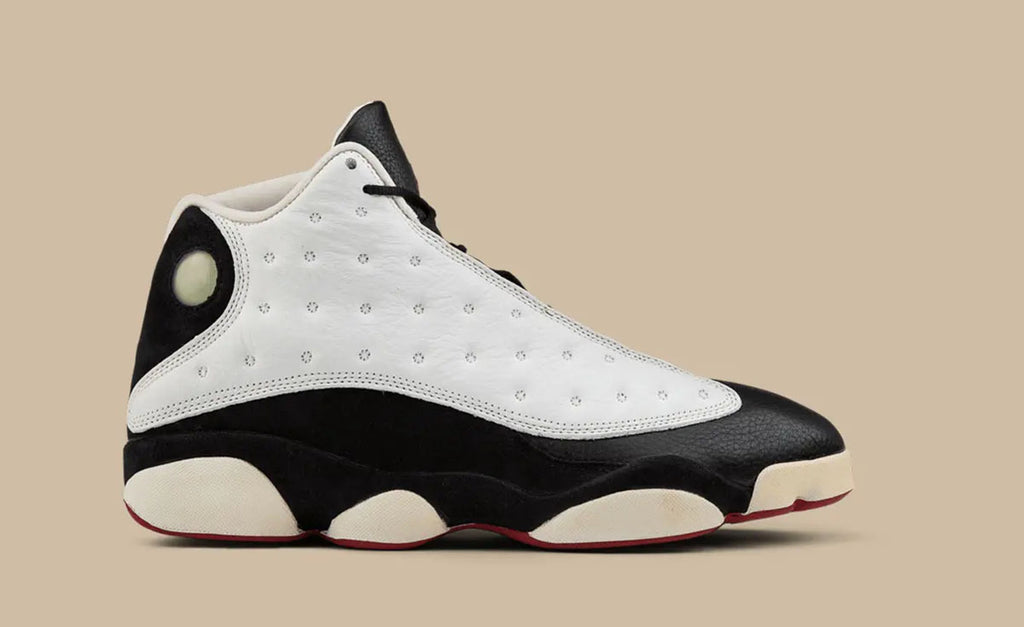
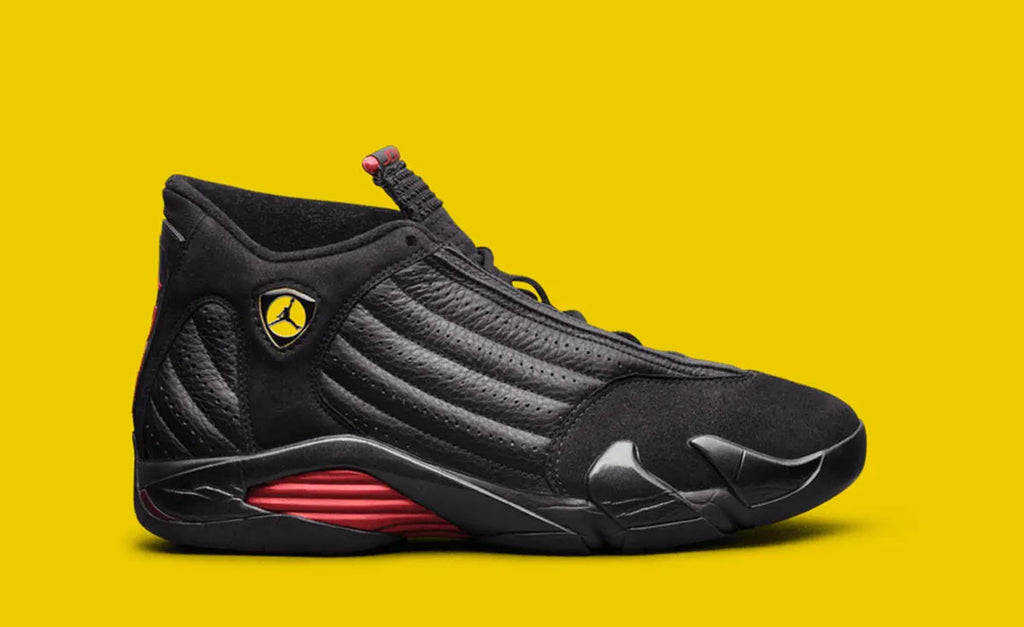
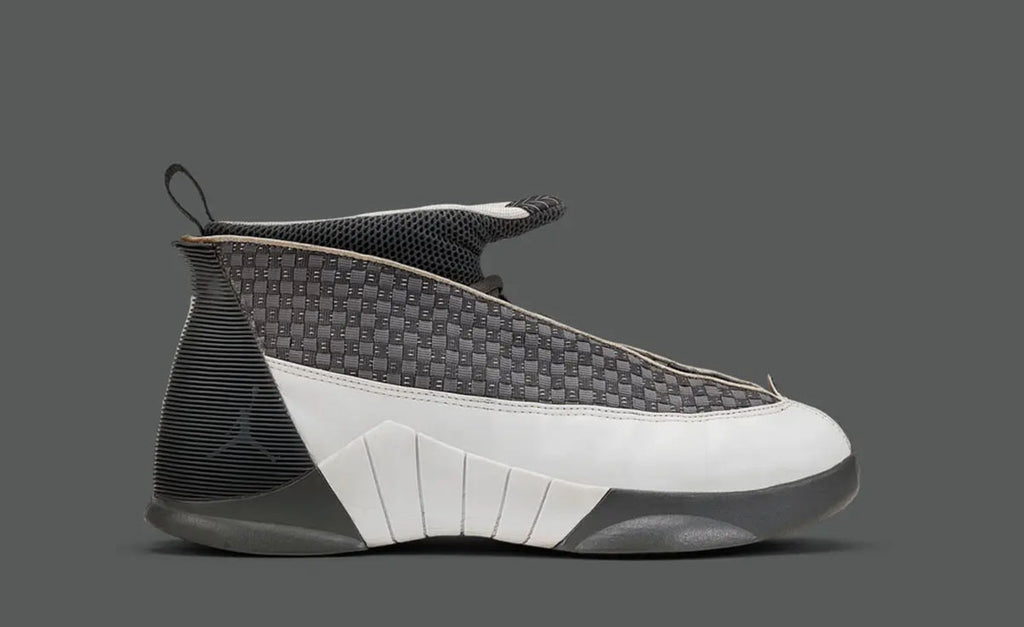



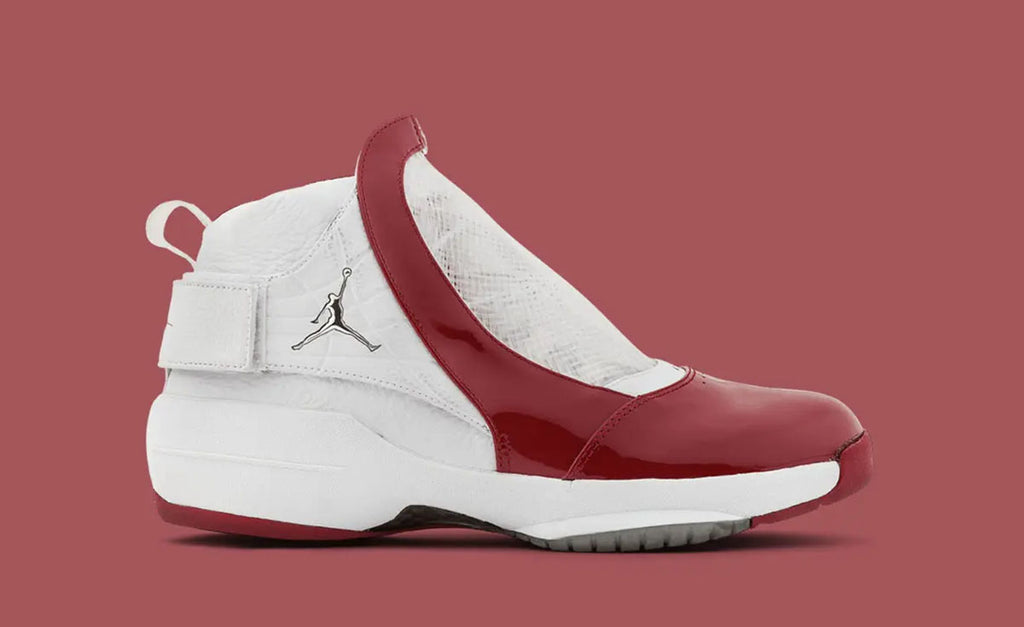
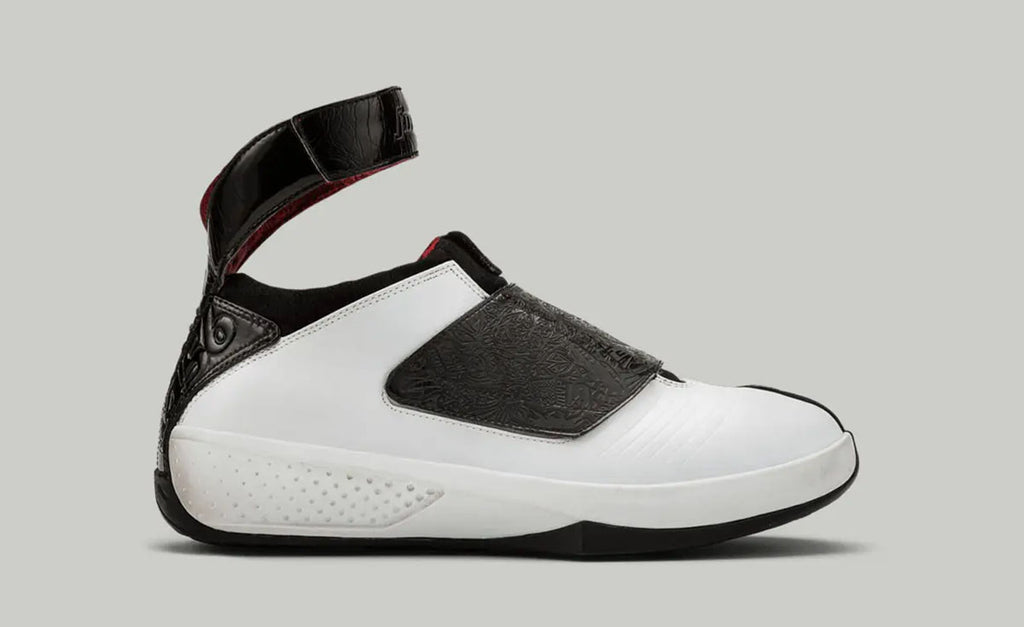
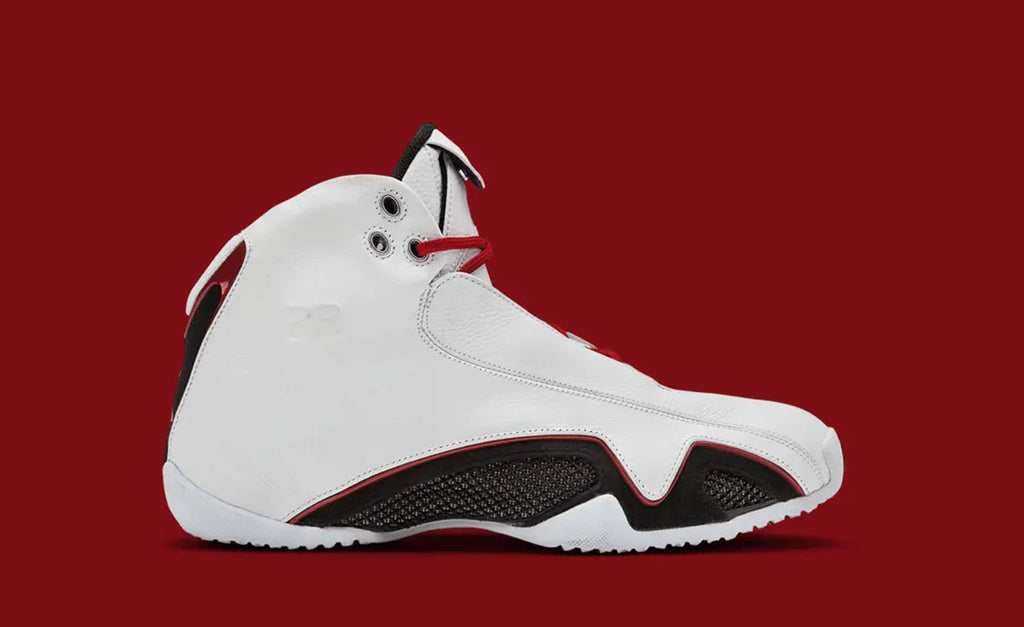
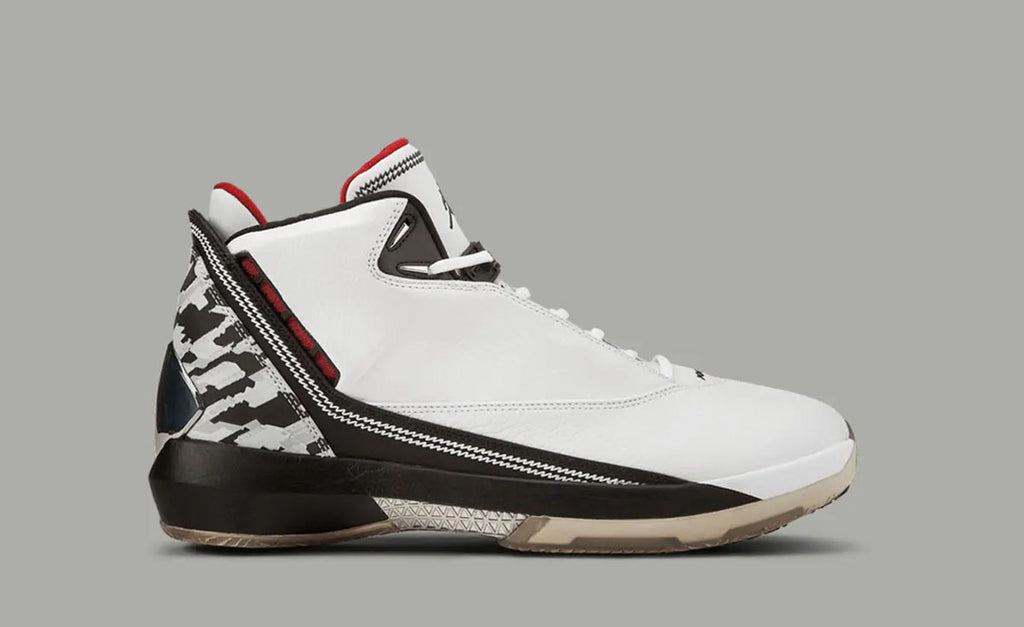
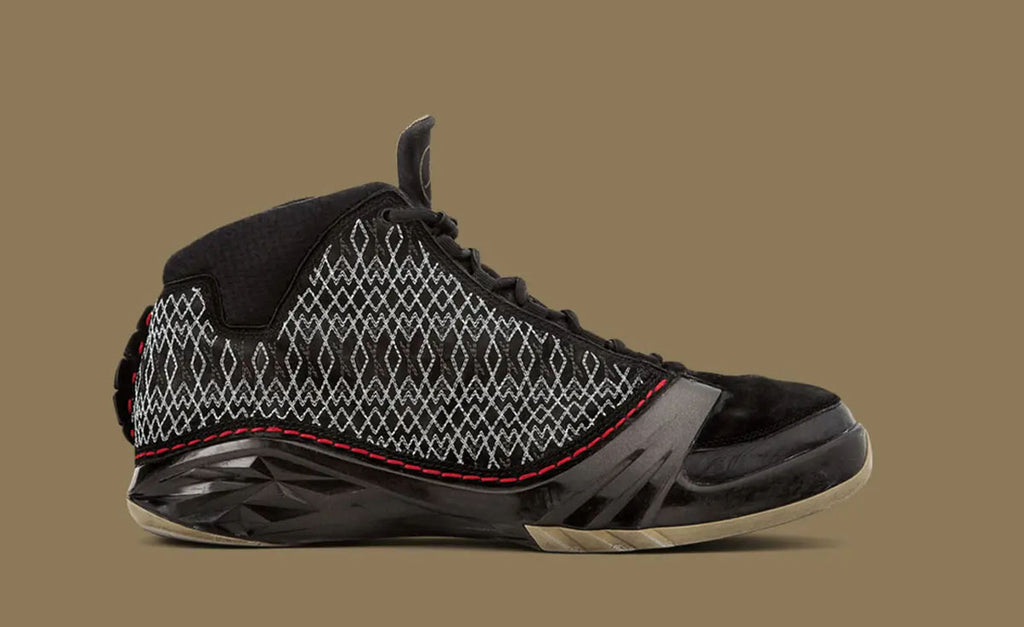

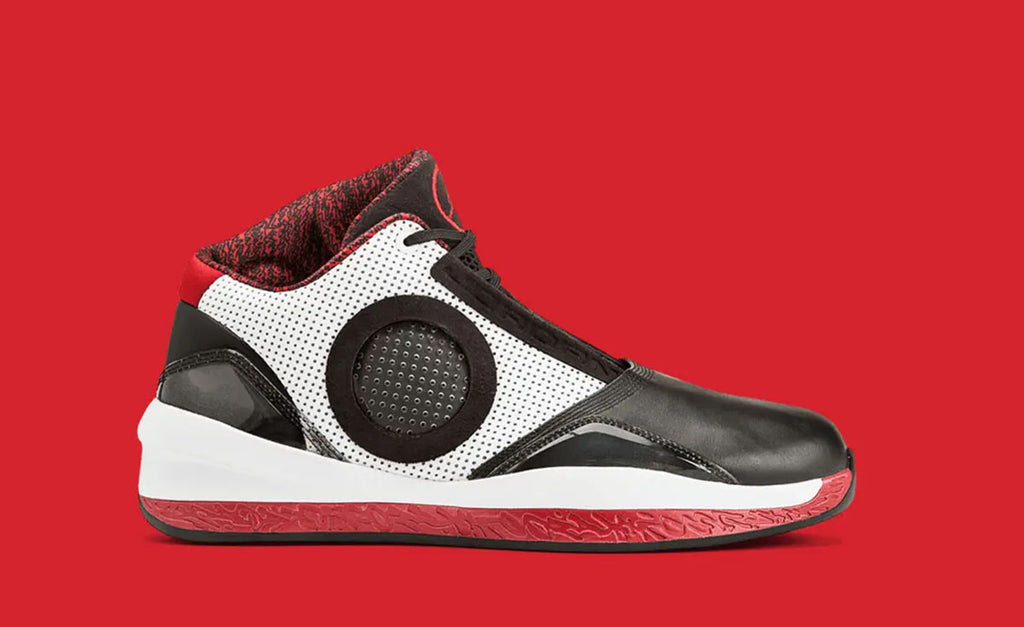
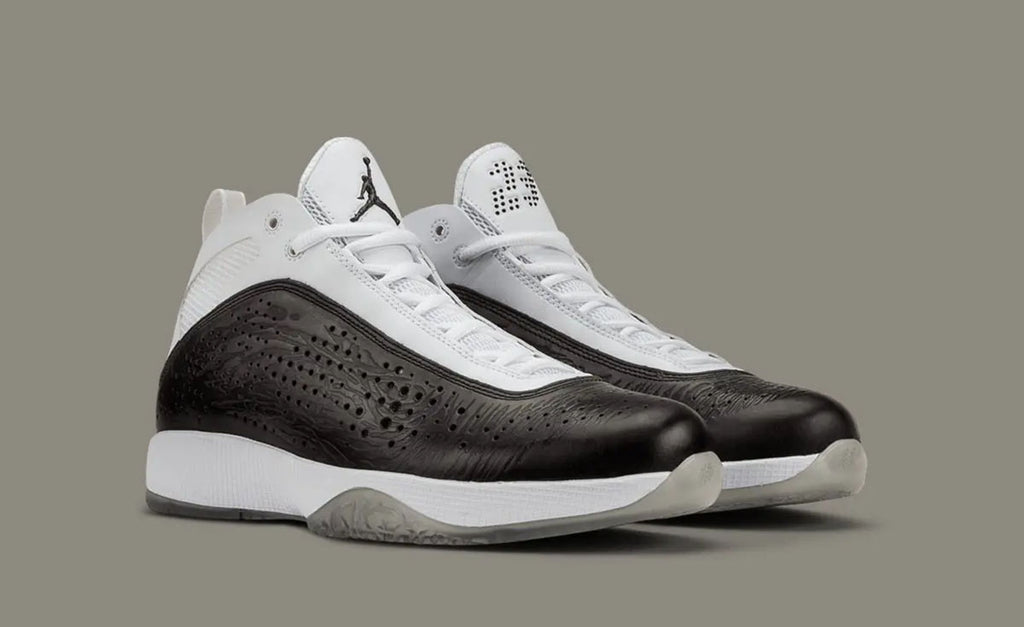
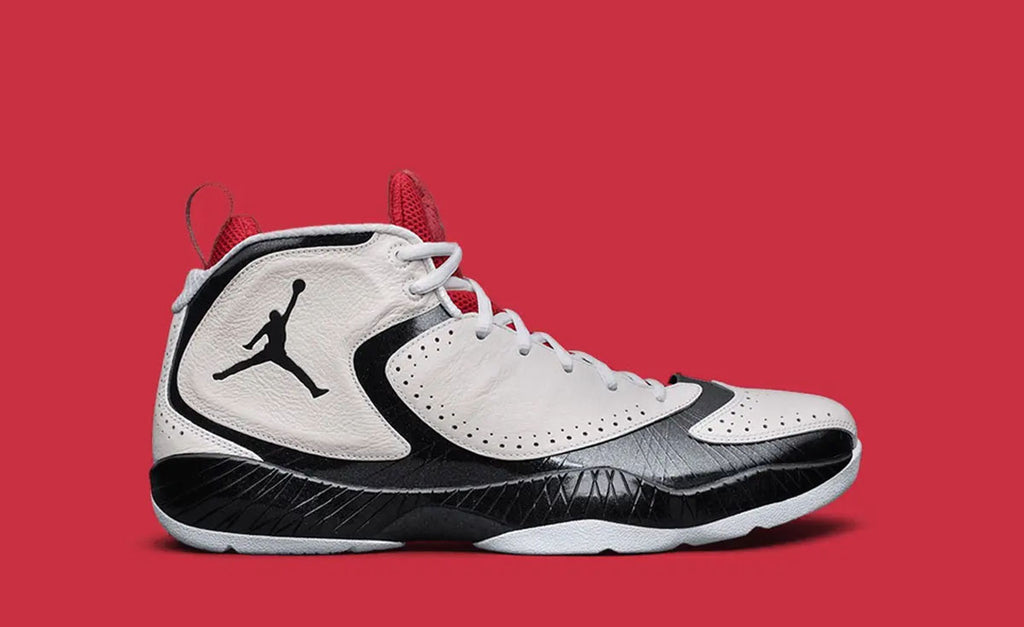
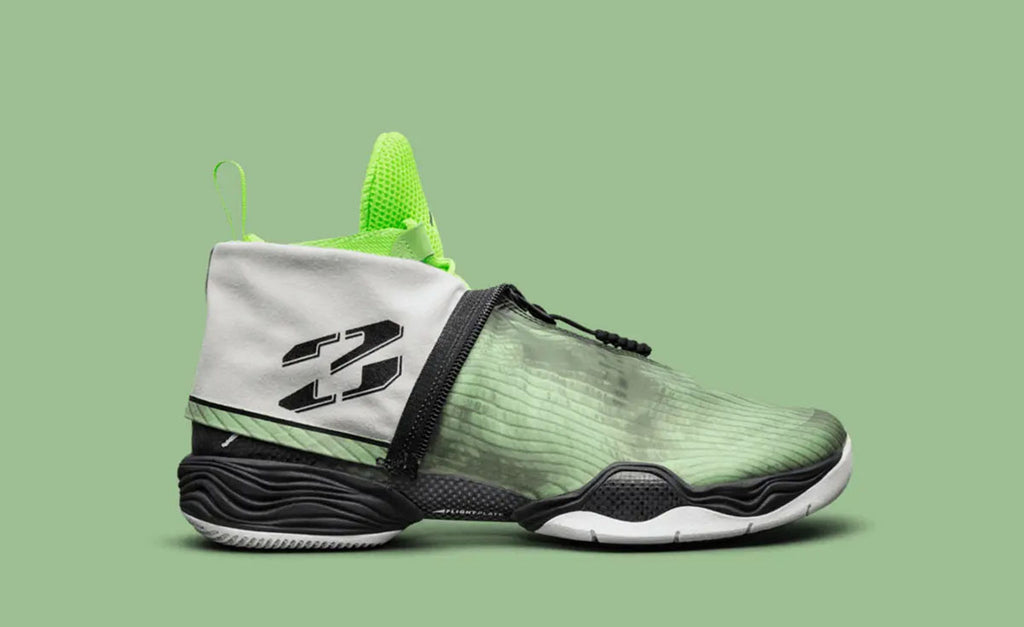
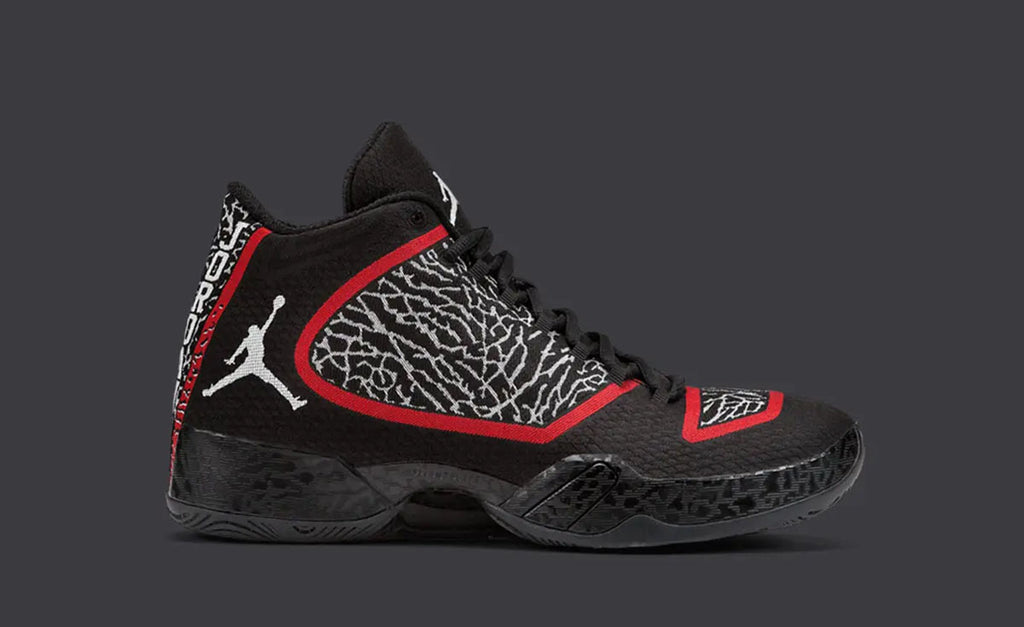



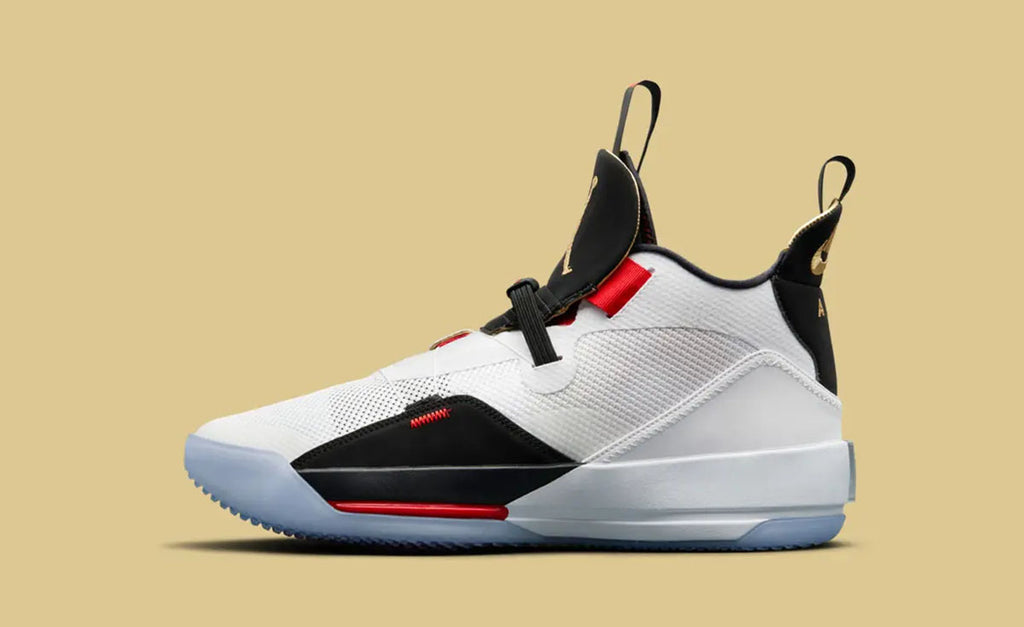




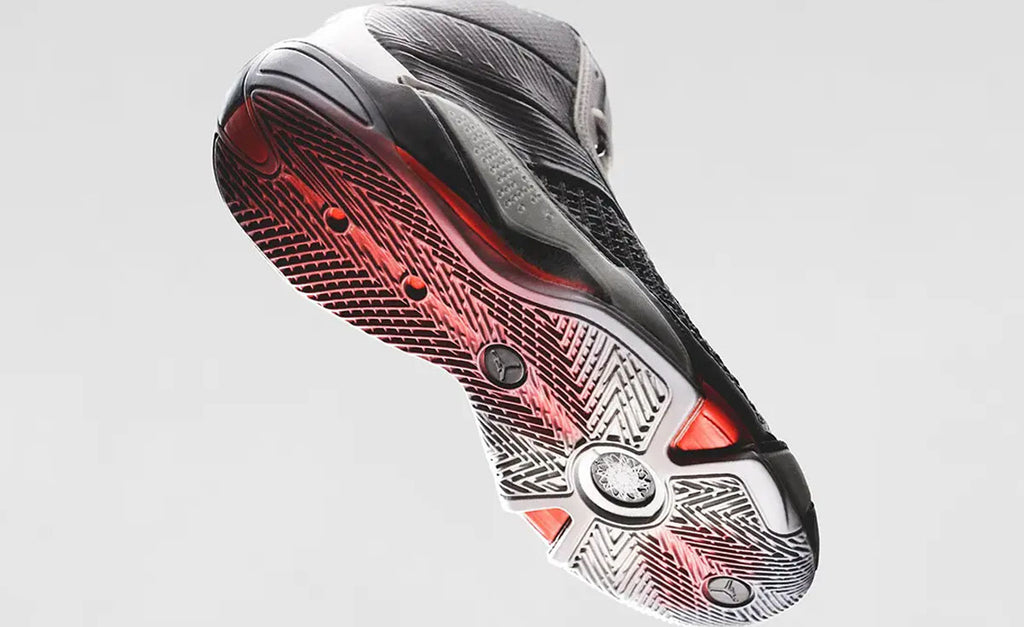


Leave a comment
This site is protected by hCaptcha and the hCaptcha Privacy Policy and Terms of Service apply.